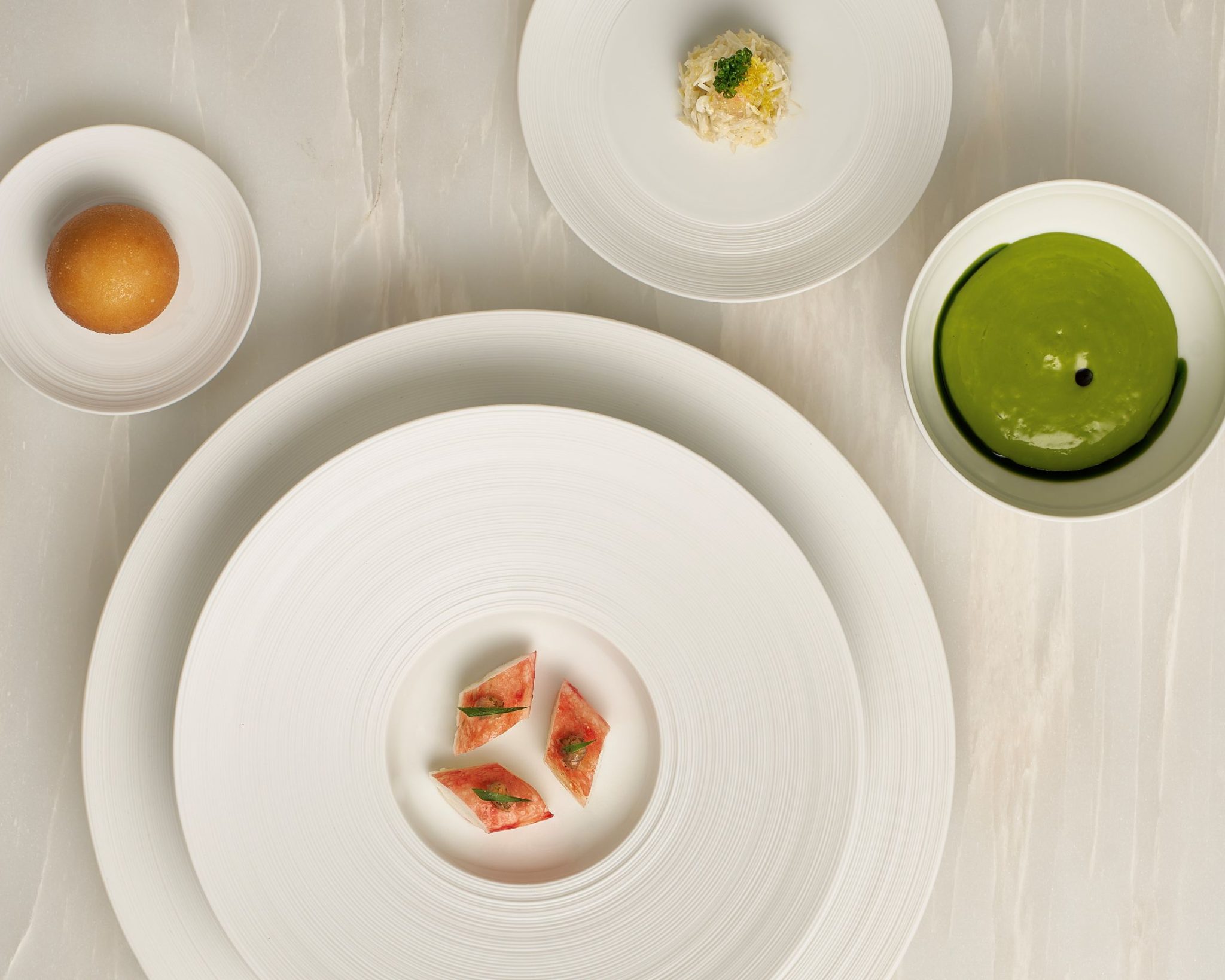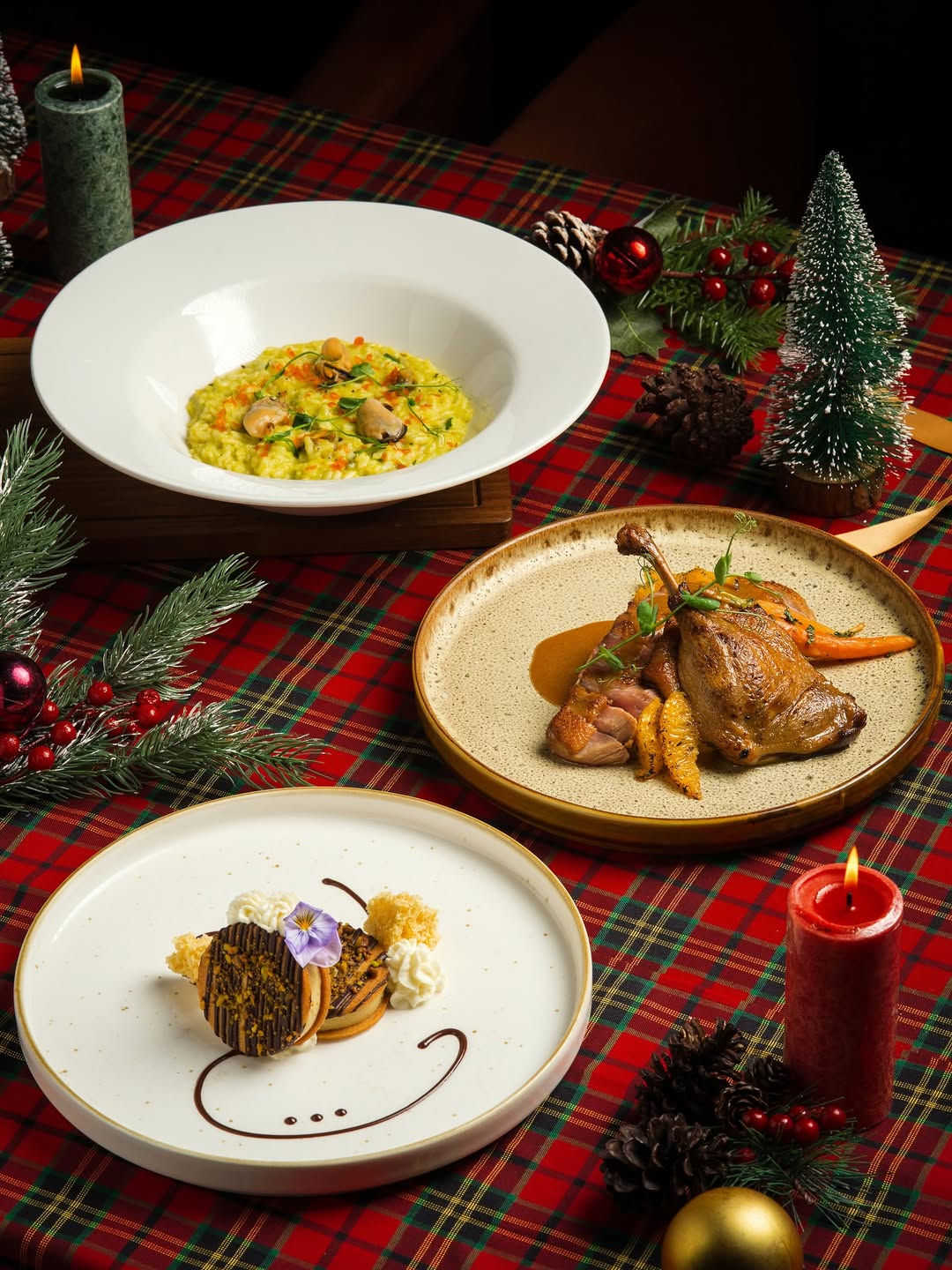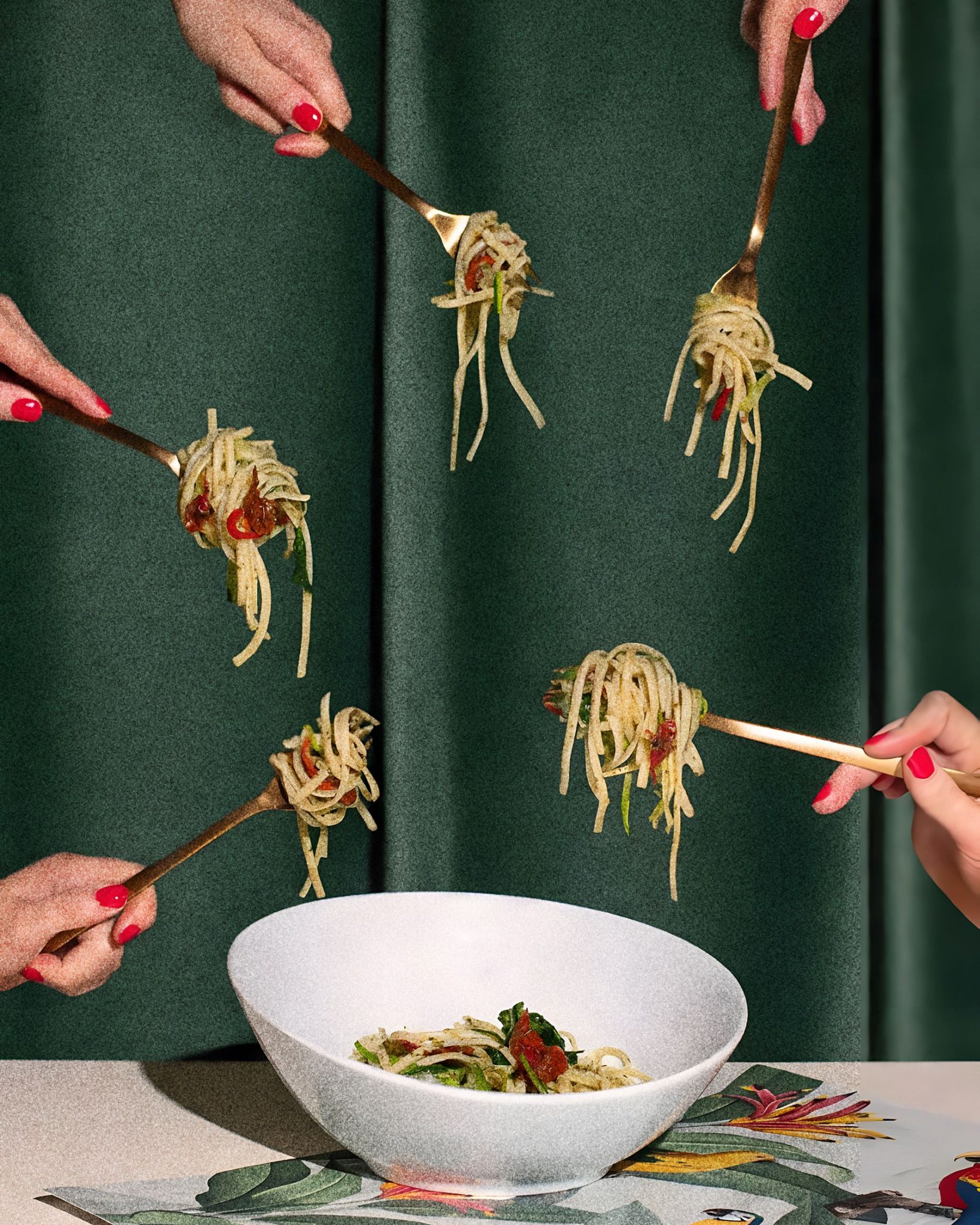There’s something undeniably enchanting about smoked food. The aroma, the flavor, and the unique texture create an experience that’s hard to replicate with other cooking methods. Smoking, as a technique, not only infuses food with a distinctive taste but also serves as a traditional method of preservation.I found it intriguing; if you’ve read our interview with Vivilya Milliam, the lady pitmaster, you know that this time-consuming dish requires passion and love to make.
Smoking techniques in cooking have been used for centuries. It’s a method that enhances the taste and extends the shelf life of food. In Indonesia, a variety of foods are smoked, from meats to fish and even certain vegetables, each carrying a unique flavor profile that reflects the rich culinary heritage of the region.
You might be familiar with the slow-roasted meats commonly enjoyed at barbecue places or parties, but did you know that Indonesia has its own rich tradition of smoking food? This method has been integral to our culinary practices for generations.
What Makes These Smoking Techniques Special?
Smoking is more than just a method of preservation; it’s an art form deeply embedded in Indonesian cuisine. The technique contributes to the creation of unique flavors and textures that are quintessential to many beloved dishes. It involves a delicate balance of time, temperature, and the type of wood used, which all combine to impart a distinct smoky essence that elevates the overall taste.
Indonesia's Beloved Smoked Dishes
In the olden days, Indonesians relied on smoking as a key method to preserve food, especially in the country’s humid tropical climate. Traditional techniques often involved wrapping the food in banana leaves or coconut husks before placing it over smoldering coconut shells or hardwood. This not only infused the food with a subtle, aromatic smoke but also helped to seal in moisture and extend the shelf life of various meats and fish. The use of natural materials like banana leaves added an additional layer of flavor, making the smoked food not just a means of preservation, but a culinary delight with complex tastes and aromas.
Indonesia boasts a variety of smoked foods, each with its unique preparation and flavor. Some of the most well-known include:
Betutu Chicken
Hailing from the Gilimanuk region of Bali, Ayam Betutu is a culinary masterpiece that showcases the island’s rich culinary heritage. This traditional dish begins with a whole chicken meticulously marinated in a base genep, a complex spice paste made from a combination of shallots, garlic, ginger, turmeric, galangal, chili peppers, and various other fragrant spices and herbs.
The marinated chicken is then carefully wrapped in banana leaves, a natural vessel that not only imparts a subtle herbal note but also helps to retain moisture during the cooking process. It is then placed over smoldering coconut husks, a traditional Balinese smoking method that slowly cooks the chicken while infusing it with a deep, smoky aroma and flavor. The result is an incredibly tender and succulent chicken with a beautifully charred skin, imbued with the complex spices of the marinade and the earthy smokiness from the coconut husks. Ayam Betutu is often served during special occasions and ceremonies in Bali, such as weddings, temple festivals, and family gatherings. It is a dish that celebrates the island’s culinary traditions and reflects the harmonious blend of flavors that characterize Balinese cuisine.
Dendeng (Smoked Beef Jerky)
This delicacy involves thin slices of beef that are marinated in a mixture of soy sauce, sugar, and spices before being smoked. The result is a sweet and savory jerky that’s perfect as a snack or a main dish. Prevalent in West Sumatra, dendeng is smoked until dry, creating a delicious combination of sweet and savory flavors that makes it a popular choice for snacks and side dishes.
Mangut Ikan Asap
Mangut ikan asap is a flavorful Indonesian dish originating from Central Java, particularly the Yogyakarta region. It is a type of curry made with smoked fish (ikan asap), typically catfish or milkfish, simmered in a rich and spicy coconut milk-based sauce.
The dish is known for its unique combination of smoky flavors from the fish and the complex spice blend used in the sauce. Common ingredients in the sauce include shallots, garlic, chili peppers, turmeric, candlenut, galangal, and various other spices and herbs. The smoked fish is added to the simmering sauce, allowing it to absorb the flavors and become incredibly tender.
Mangut ikan asap is usually served with steamed rice and often accompanied by fresh vegetables or a side of sambal (chili paste) for an extra kick of heat. It is a popular dish among locals and tourists alike, appreciated for its bold flavors and the unique combination of textures from the tender fish and creamy sauce.
Smoked Chicken (Ayam Asap)
Marinated in traditional spices such as galangal, lemongrass, and coriander, the chicken is slowly smoked until it’s tender and flavorful. This dish is often served with sambal, adding a spicy kick to the smoky meat. Smoked chicken is common in Central Java, where it’s often part of traditional feasts. It’s typically served with a side of spicy sambal, making it a flavorful and aromatic dish.
Se'i Sapi
Sei Sapi, a specialty from Kupang, the capital city of East Nusa Tenggara, has its roots in the historical tradition of smoking venison. However, due to conservation concerns, beef has become the primary meat used in this dish today. Thinly sliced beef is marinated in a blend of local spices, which typically includes turmeric, coriander, garlic, galangal, and candlenut, along with aromatics like lemongrass and kaffir lime leaves. The marinated meat is then smoked over hardwood like kosambi or sandalwood, resulting in tender and juicy meat with a distinct smoky flavor. It is often served with rice and spicy sambal lu’at made with fresh chili peppers, tomatoes, and lime juice.









